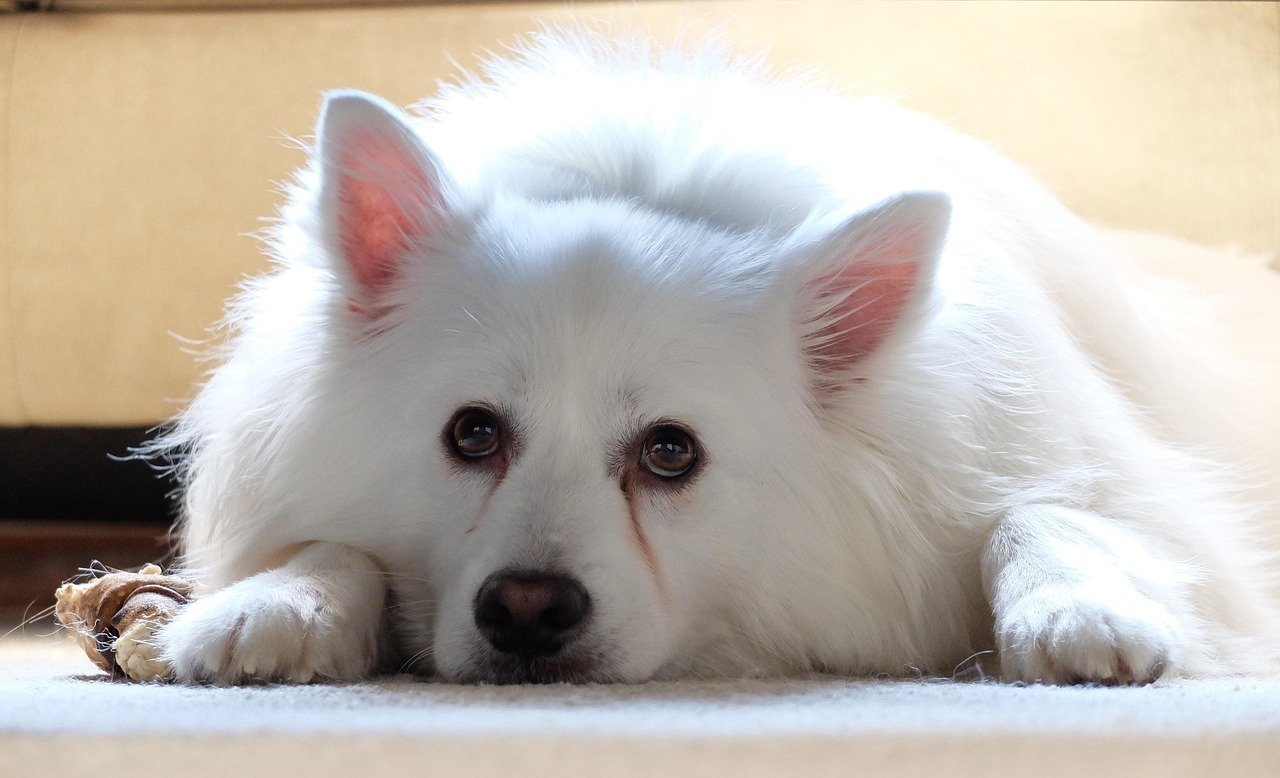Some dogs just can’t handle being left alone—and they’re not shy about showing it. Breeds like the Labrador Retriever, Border Collie, and Vizsla are known for their deep attachment to their humans and their talent for turning separation anxiety into full-blown chaos. From chewed-up furniture to nonstop howling, these pups can wreak havoc if left unsupervised for too long. They crave companionship, mental stimulation, and routine. Without it, even the sweetest dog can become a little tornado. If you’re often away from home, these breeds may not be the best fit. Or at least, be ready to invest in training, puzzle toys, and doggy daycare.
Labrador Retriever
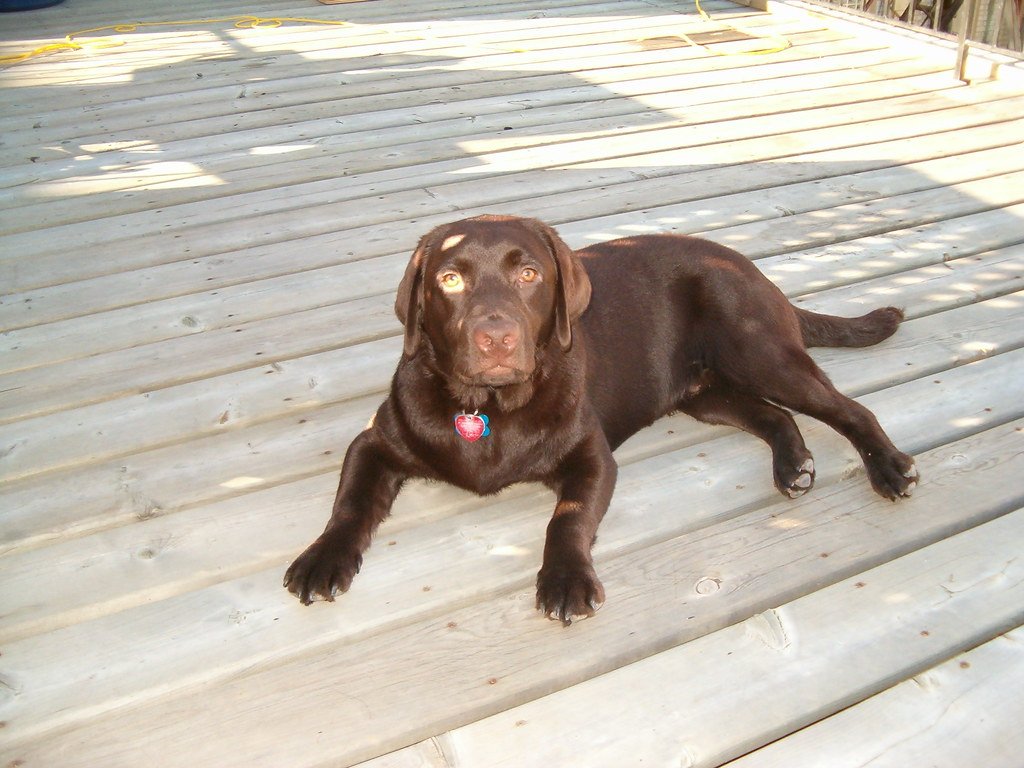
Labrador Retrievers are famous for their friendly and loving nature. They thrive on companionship, and when left alone, they can get anxious fast. If you’re gone too long, don’t be surprised to find chewed furniture or a hole dug in your garden. Labs are smart and energetic, so boredom is their enemy. They’ll find something to do, even if it means tearing up your favorite slippers.
Many Labs form deep bonds with their families and feel lost when their people aren’t around. They may bark, whine, or even try to escape the yard in search of company. If you have a Lab, make sure to give them plenty of exercise and mental stimulation to help ease their separation blues.
Border Collie
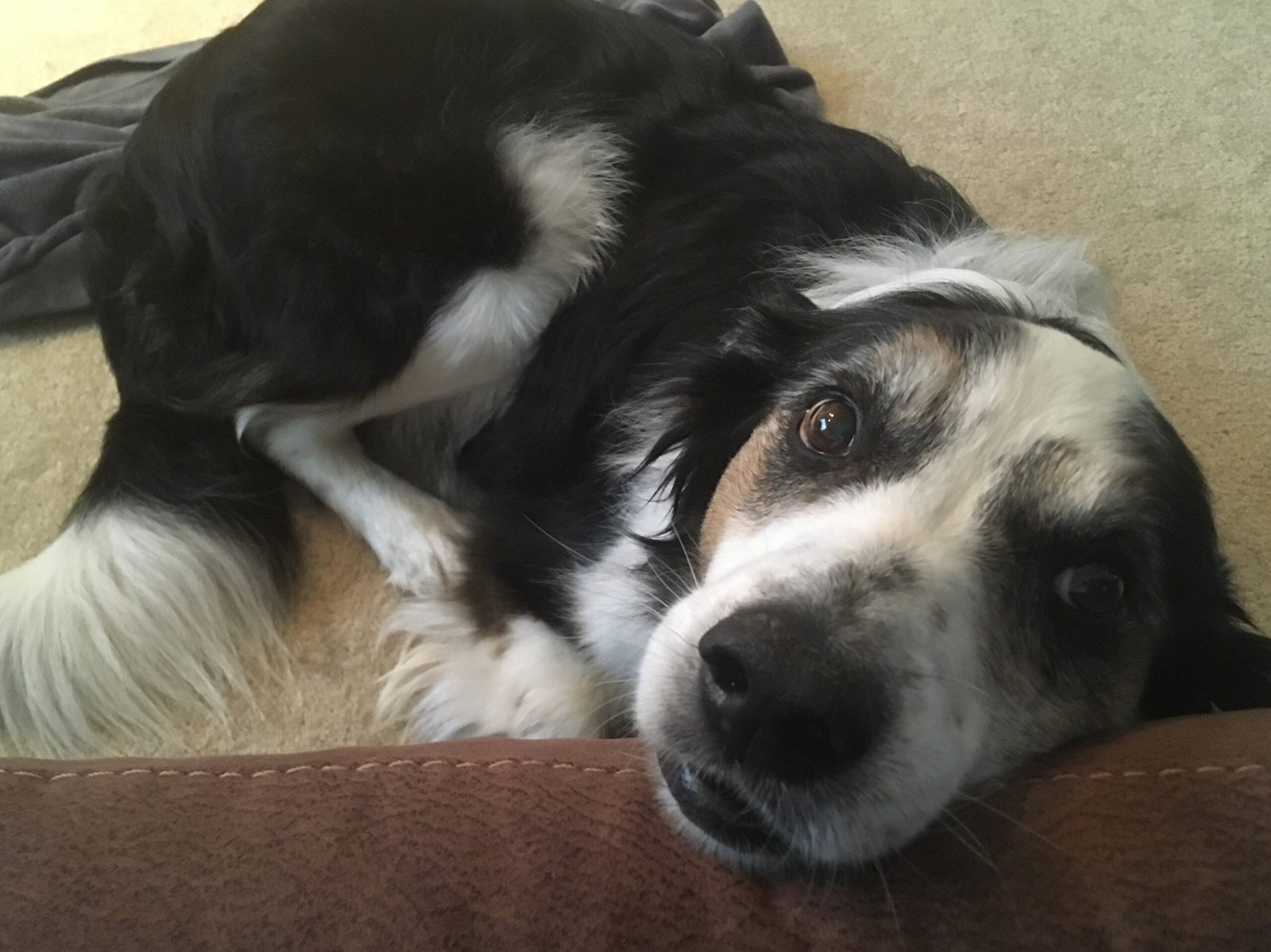
Border Collies are known as the Einsteins of the dog world. But with their high intelligence comes a need for constant activity and attention. Leave one alone too long, and you’ll return to a living room that looks like a tornado hit it. They need work to do—herding, playing, anything to keep their minds busy.
Without enough company or stimulation, Border Collies can become destructive out of sheer frustration. They might tear up cushions, scratch at doors, or invent their own games, usually at your home’s expense. If you’re away often, a Border Collie might not be the best fit—or you’ll need a good dog walker.
Jack Russell Terrier
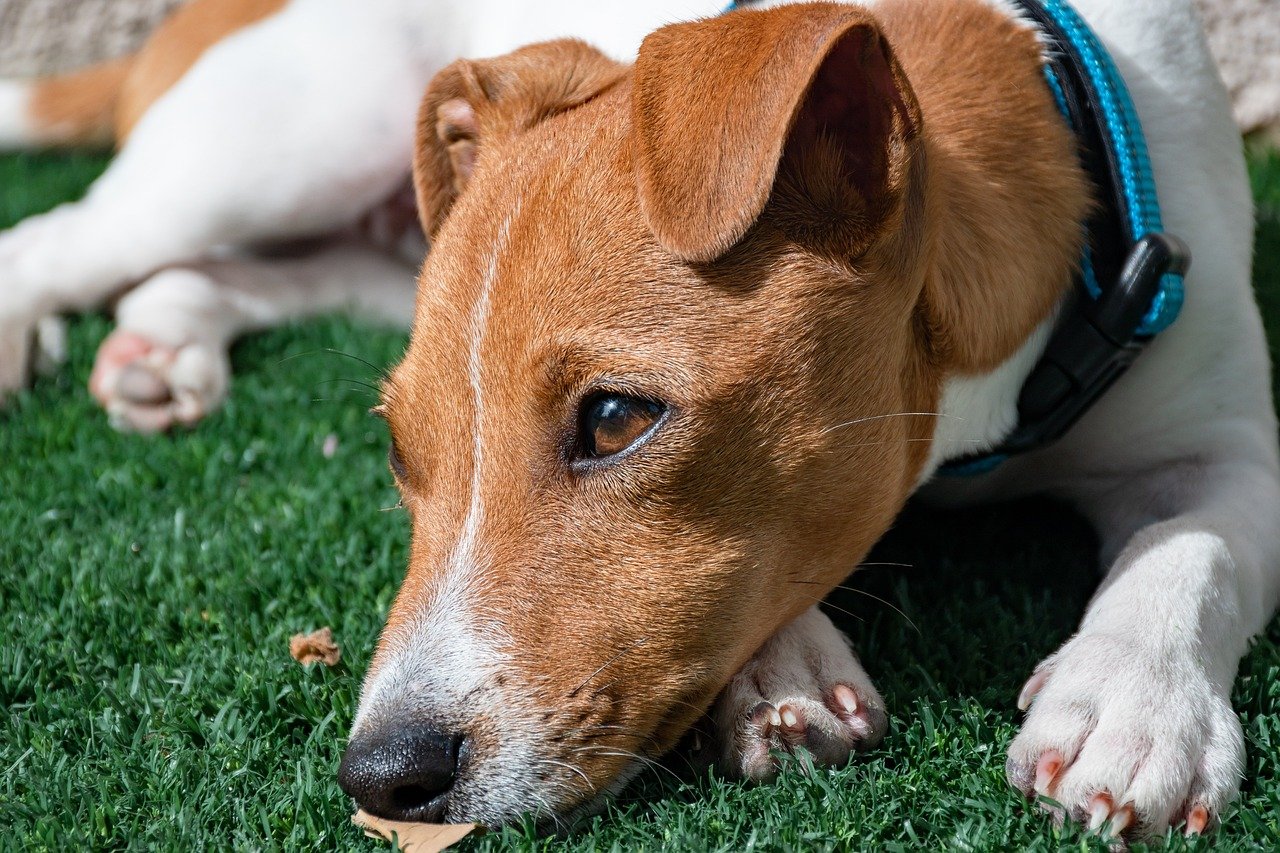
Don’t let their small size fool you—Jack Russells are little bundles of dynamite. Highly energetic and incredibly smart, they get bored quickly when left alone. This boredom often leads to chewing, digging, or barking that just won’t quit. Their mischievous streak can turn any quiet afternoon into chaos.
Jack Russells also tend to get creative in their search for fun. They might climb furniture, open cupboards, or even find ways to escape the yard. If you have one, interactive toys and puzzle feeders can help, but they still crave your presence more than anything else.
German Shepherd
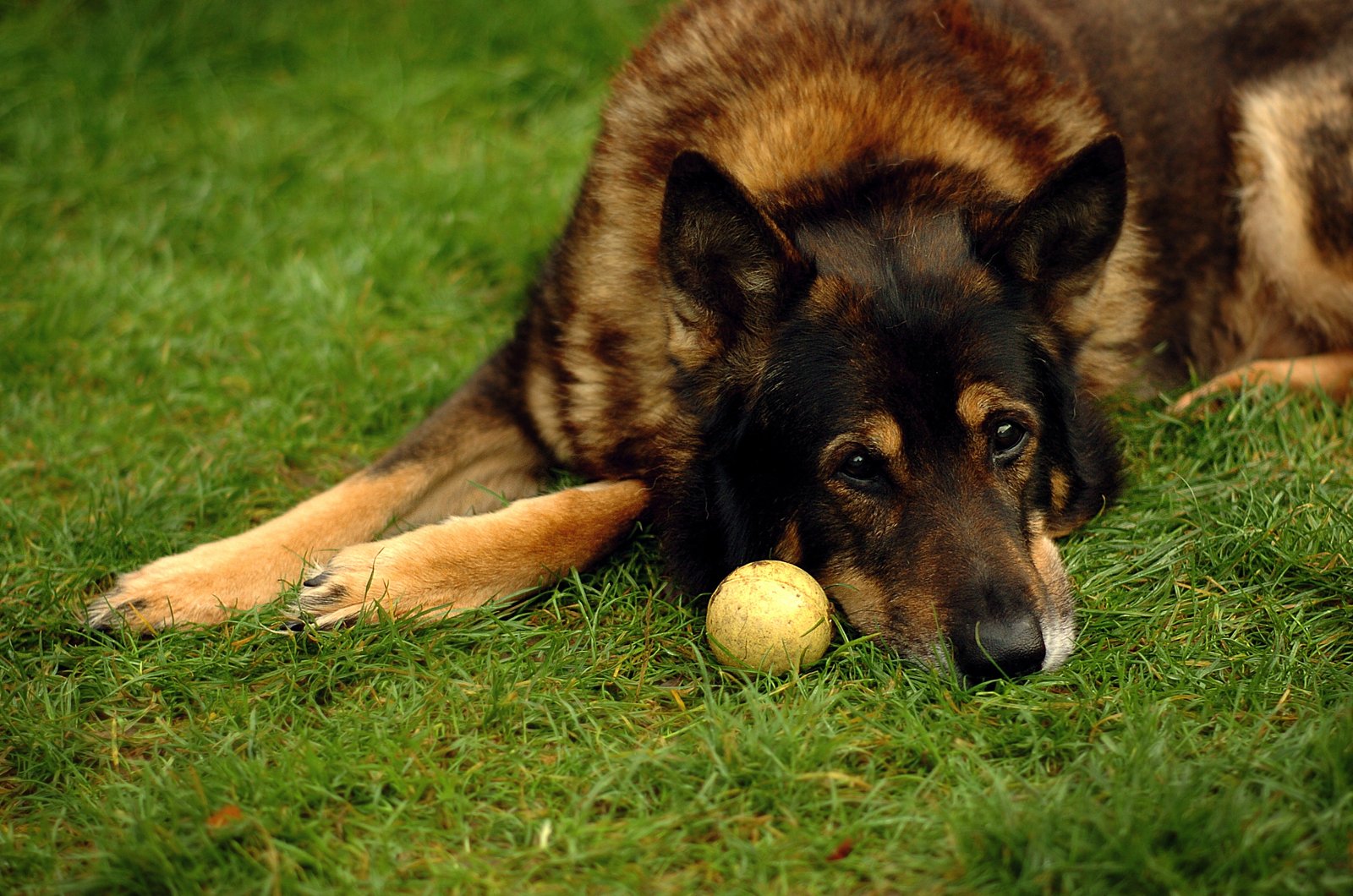
German Shepherds are loyal to the core. They’re happiest when they’re by your side, helping out or simply being close. When left alone, they can become anxious and take it out on your belongings. It’s not uncommon to find chewed doors or shredded mail when you get back.
Their protective instincts can also heighten their stress when separated from their family. Some German Shepherds may try to “guard” your home by barking excessively or pacing nervously. They need a strong bond and regular engagement to prevent them from feeling abandoned.
Cavalier King Charles Spaniel
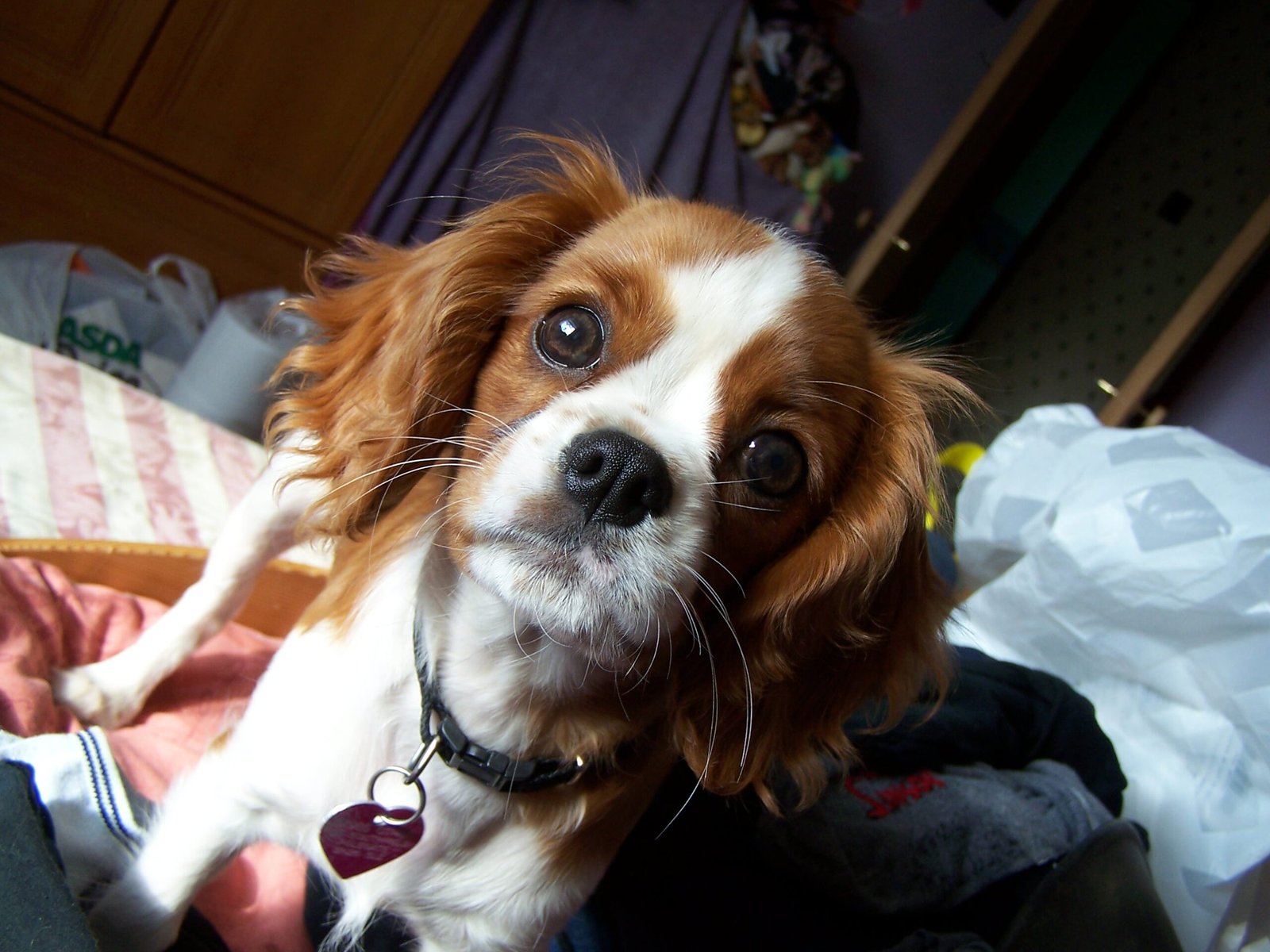
Cavaliers are true lap dogs, bred for companionship above all else. They adore their humans and don’t do well with solitude. When left behind, they can become incredibly anxious, leading to destructive chewing, excessive barking, or accidents in the house.
These sweet-natured pups are happiest snuggled up next to you, and their sensitive hearts can break when you leave them alone. If you work long hours, a Cavalier may struggle to cope—doggy daycare or a pet sitter can make a huge difference for this breed.
Australian Shepherd
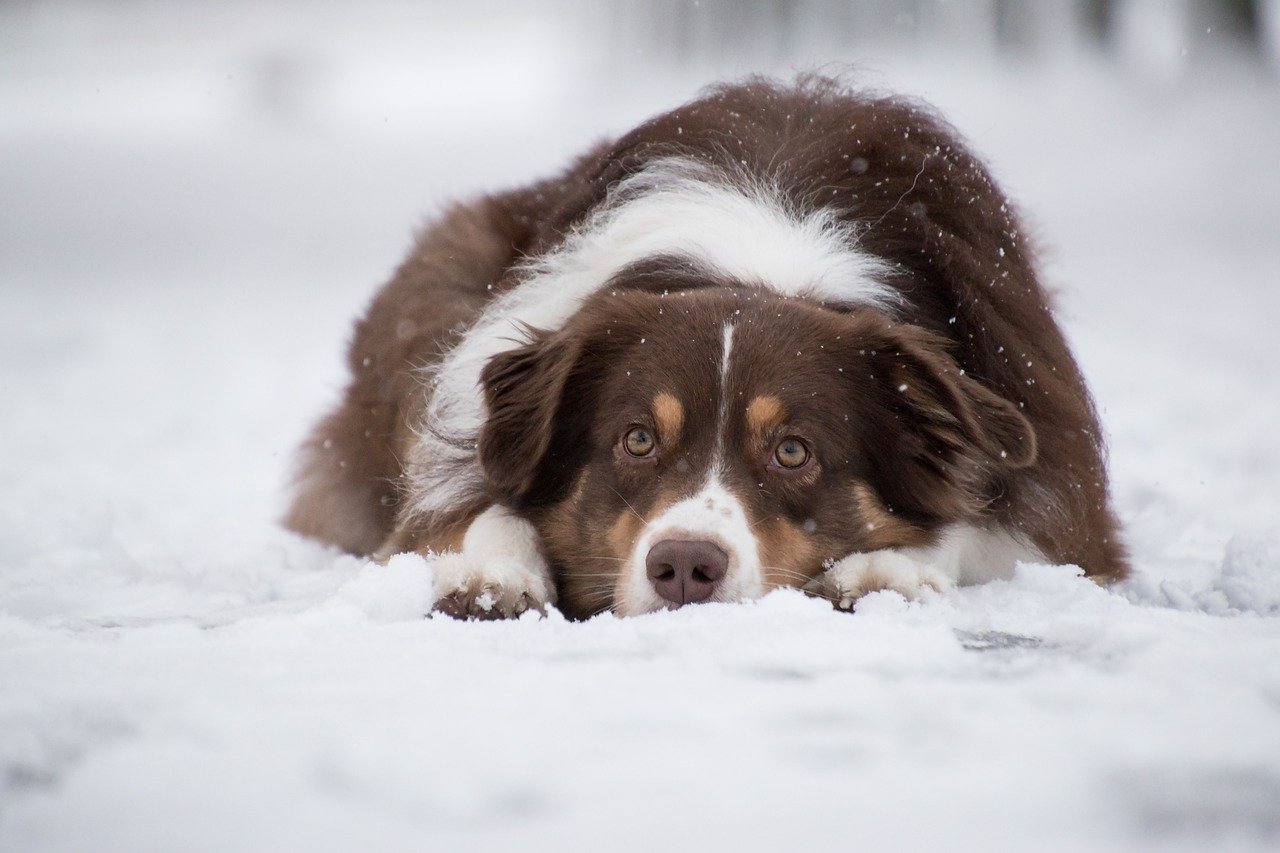
Australian Shepherds are energetic, intelligent, and deeply committed to their people. They’re used to having a job and being part of a team, which makes alone time especially hard. When bored or lonely, they’ll channel their energy into destructive behavior: chewing, digging, or even herding your furniture.
These dogs do best with lots of mental stimulation and company. Without it, they can develop anxiety that leads to barking, chewing, or trying to escape the house. If you’re considering an Aussie, be ready to spend plenty of time together—or prepare for some home “remodeling.”
Bichon Frise
Bichons are cheerful little fluffballs, but they’re also incredibly social. They crave attention and love being part of the family action. Leave them alone, and their separation anxiety can manifest in barking, whining, or destructive chewing—sometimes all at once.
Bichons are known for their stubbornness, so once they start a bad habit like chewing or scratching, it can be tough to stop. They do best in homes where someone is often present, or they have another pet for company. If you leave a Bichon alone too long, be prepared for a mess when you get back.
Vizsla

Nicknamed the “velcro dog,” the Vizsla is famously attached to its humans. These sleek, athletic dogs want nothing more than to be by your side. If you leave a Vizsla home alone, you might return to torn curtains or gnawed shoes—a sign of their distress and need for closeness.
Vizslas are sensitive souls, and their anxiety can quickly turn into destructive habits. They need plenty of exercise and, most importantly, your company. Long absences are tough for this breed, so they’re best suited to active families who are often home.
Italian Greyhound
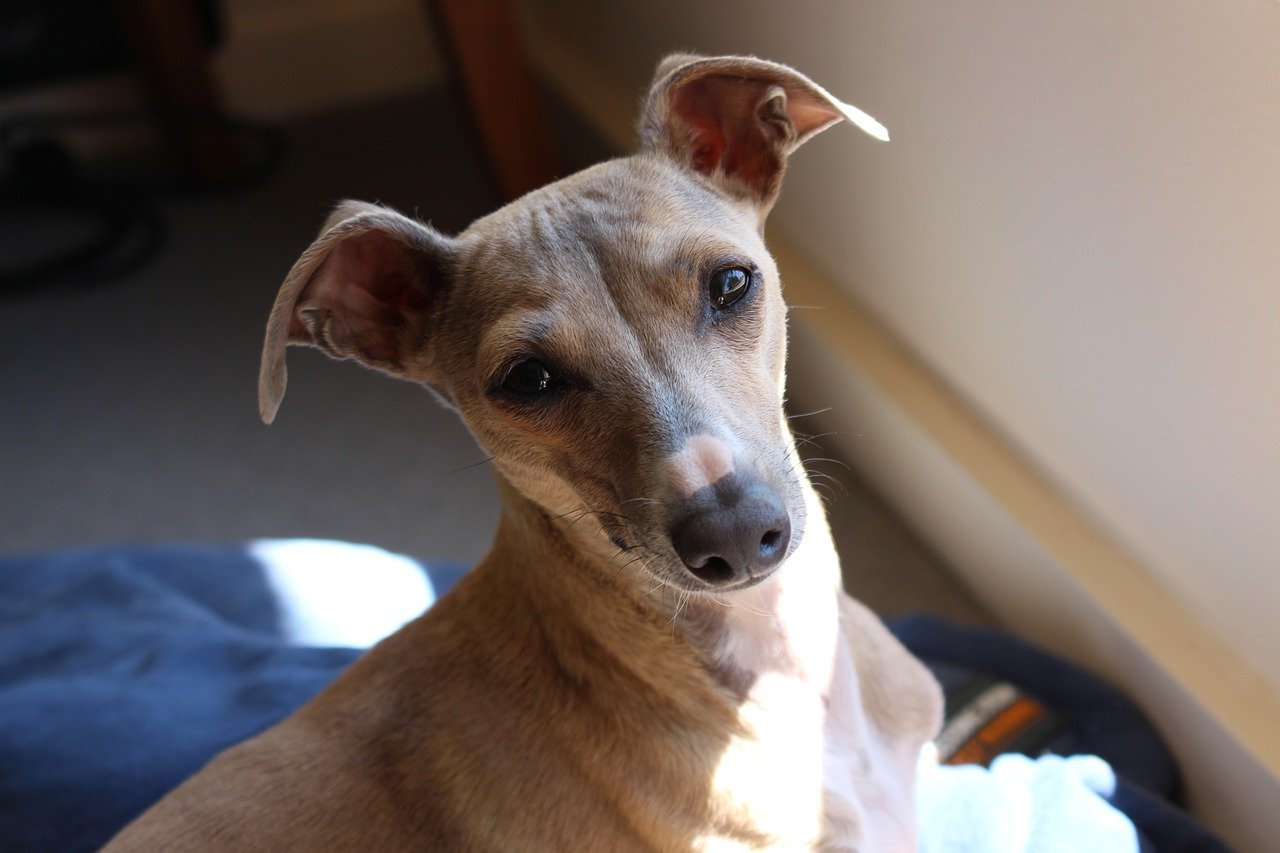
Italian Greyhounds may look delicate, but their attachment to their owners is fierce. They’re happiest curled up in your lap, and time alone can leave them feeling lost and anxious. When stressed, they might chew furniture, scratch doors, or have accidents indoors.
Their sensitive nature makes them prone to separation anxiety, and they can be surprisingly inventive when it comes to finding ways to cope—sometimes to the detriment of your home. For Italian Greyhound owners, a regular routine and companionship are essential.
American Eskimo Dog
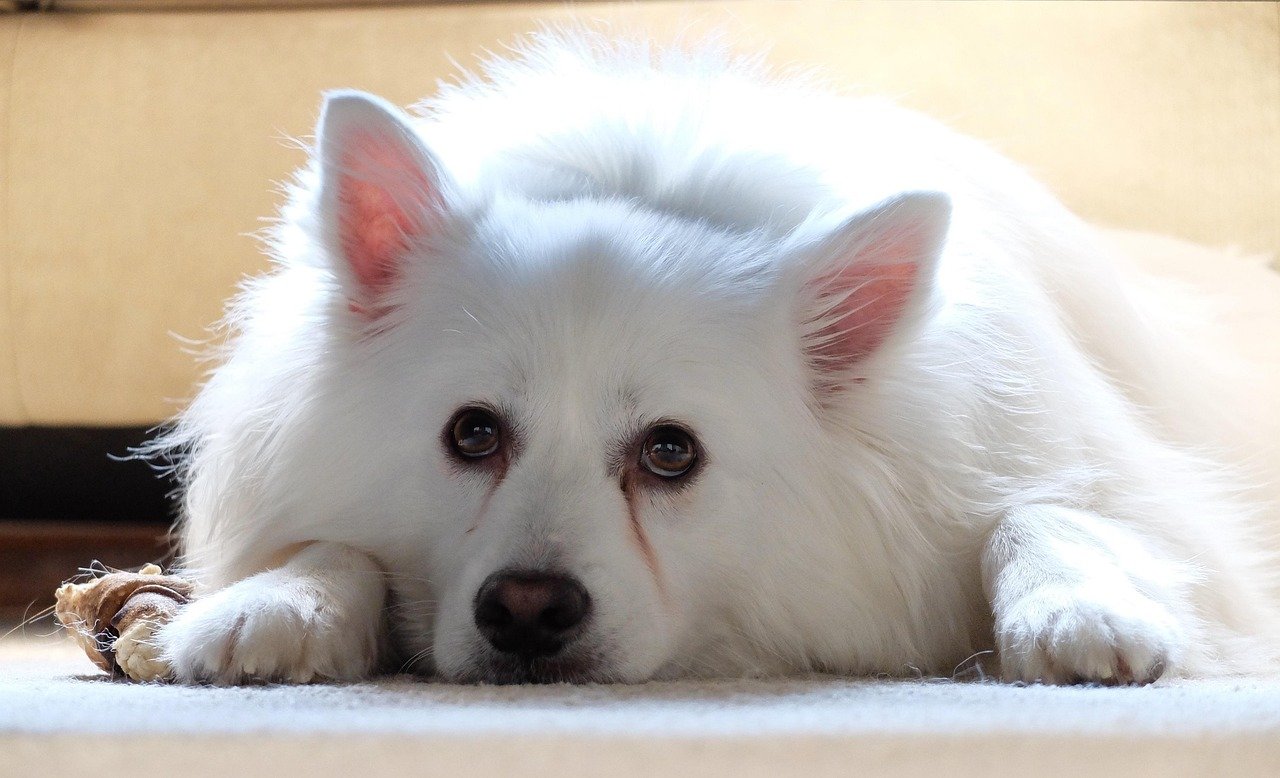
American Eskimos are playful, smart, and love being part of the family. Their need for attention means they struggle with being left alone, often barking or chewing to express their frustration. They’re known escape artists, too—so don’t be shocked if they try to dig under the fence or open doors.
If their energy isn’t channeled into play or training, you might come home to a scene straight out of a slapstick comedy: shredded papers, overturned trash cans, or a trail of chewed-up furniture. They thrive with lots of attention and mental stimulation.
French Bulldog

French Bulldogs are charming little clowns, always eager to join in whatever you’re doing. Their love for people is strong, and being left alone isn’t their idea of a good time. Separation can lead to anxious chewing, barking, or even attempts to escape their crate or room.
Despite their laid-back reputation, Frenchies need plenty of love and reassurance. If left alone too frequently, they may act out in small, stubborn ways—like chewing shoes or scratching at doors. They’re happiest when they’re a true part of the family’s daily life.
Shih Tzu

Shih Tzus were bred for companionship, and their loving nature runs deep. They form tight bonds with their families and don’t like being left behind. When alone, their anxiety can show up as barking, whining, or destructive chewing.
These fluffy companions may be small, but their need for attention is huge. If you’re away a lot, a Shih Tzu can quickly become stressed and develop bad habits. Regular playtime and a steady routine help them feel secure and minimize their urge to “remodel” your home.
If your lifestyle keeps you away from home often, it’s worth thinking twice before choosing one of these clingy canines. While their love is genuine and deep, their frustration when left alone can lead to serious messes and stress—for both of you. The good news? With the right training, attention, and daily routines, even the most attached pup can learn to cope better. Just be prepared to give as much love and time as they give to you!

Born and bred in South Africa, a Capetonian at heart. Amy-Leigh’s love for nature and animals was inherited from her Dad. He loves taking the family on road trips to experience nature at its finest; Amy-Leigh’s favourite being whale watching in Hermanus and spotting Kudu along the West Coast. Amy-Leigh holds a BA in English Literature and Communication Studies.

